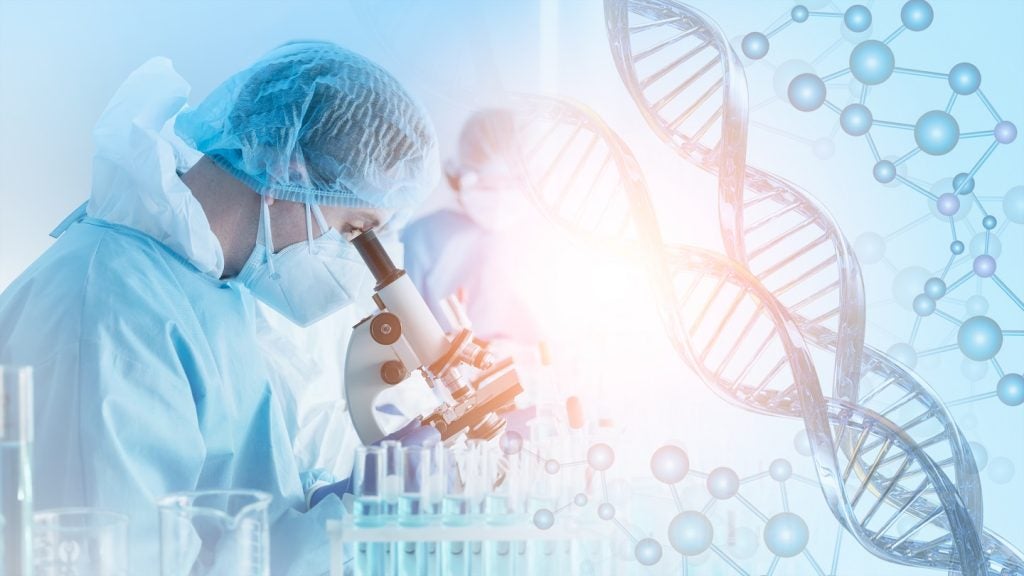A team of Australian researchers has developed an ultrasound biosensor that can identify changes in pH levels and help to treat stroke and cancer patients.
The team included researchers from the Monash University and the Baker Heart and Diabetes Institute.
The biosensor is inserted into the human body and then ultrasound scanners are used to detect the sensor and measure biomarkers in real time.
It uses a solid nanoparticle that changes its stiffness due to pH changes in the body. The biomarker transmits these changes as signals.
The changes in the pH can be used to determine if a malignant tumour is shrinking following chemotherapy.
In the near future, the technology can also be used to identify oxygen as an indicator of stroke injury or disease-related proteins.
How well do you really know your competitors?
Access the most comprehensive Company Profiles on the market, powered by GlobalData. Save hours of research. Gain competitive edge.

Thank you!
Your download email will arrive shortly
Not ready to buy yet? Download a free sample
We are confident about the unique quality of our Company Profiles. However, we want you to make the most beneficial decision for your business, so we offer a free sample that you can download by submitting the below form
By GlobalDataThe technology has already received an international provisional patent.
Monash University Department of Chemical Engineering senior lecturer Dr Simon Corrie, who co-led the study, said: “Our goal is to give clinicians the power of being able to have a patient sit in a chair and as they are infusing the drugs, use commonly available ultrasound to monitor drug levels or organ response in real time, adjusting dosages as a function of the patient’s needs.
“The technology has been tested in an animal model to detect changes in pH levels. We hope to now continue testing in animal models to determine whether it can accurately monitor rapidly changing pH levels, initially focusing on cancer and stroke.”
The research team seeks to carry out further trials and aims to develop a viable product within a decade with the help of clinical and commercial partners.
The study was first published in the journal ACS Sensors.





